Key lessons from the first ten days of the Russia-Ukraine War
For all their superiority in air power, Russian forces have so far proven exceptionally poor at what military planners call ‘suppression of enemy air defences’.
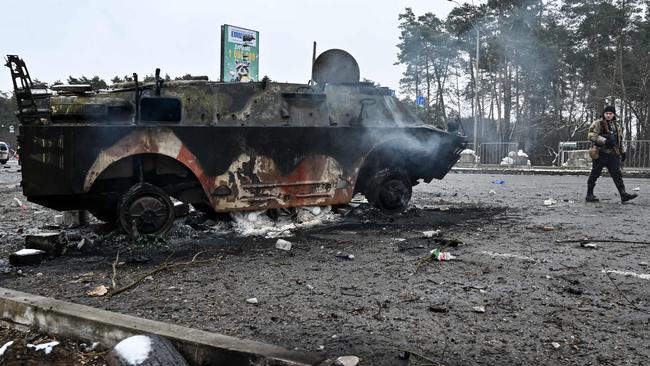
Russia just pulled off its own ‘reset’
Russian President Vladimir Putin ditched the Crimea playbook last week. The incremental, hybrid warfare that has been Russia’s hallmark since the “little green men” seized the peninsula in 2014 – a form of warfare tailored to do just enough, ambiguously enough, to achieve limited goals without triggering a response – is out the window.
Instead, we saw a massive, multi-domain, five-pronged offensive by land, air, sea, cyber and electronic attack, supported by missile strikes, amphibious landings and helicopter assaults.
Stealth suddenly gave way to speed, surprise and violence of action, as Russian forces sought to overwhelm and intimidate Ukrainian defenders through sheer weight of fire and metal.
This surprised me, as it surprised many Russia-watchers, given how radical a change it represents from Putin’s past practice. It’s possible that Putin only decided to invade in strength after the disastrous mid-January press conference when US President Joe Biden effectively gave a green light to what he called a “minor incursion”, but there is nothing minor about this invasion.
By telegraphing so unequivocally that any military response was off the table, US and European leaders may have emboldened Russia to risk the major offensive we now see.
It’s already clear that Russia has reset the game. This is changing the calculus for every NATO nation, especially the Scandinavian and Baltic states that might be next on Moscow’s menu. Sweden, Norway, Latvia, Poland and Estonia have offered increased military assistance to Ukraine, Finnish leaders are talking about joining NATO, while the alliance activated part of its 40,000 strong NATO Response Force – the high-readiness manoeuvre formation created in 2002 but mobilised for the first time this year.
Economic sanctions failed to deter
Despite Biden’s claim to the contrary in his first press conference after the outbreak of war, the threat of US economic sanctions was very clearly intended to deter a Russian invasion – Biden himself, Vice-President Kamala Harris, Secretary of State Antony Blinken and National Security Adviser Jake Sullivan all said so, in as many words, as recently as the day before the invasion.
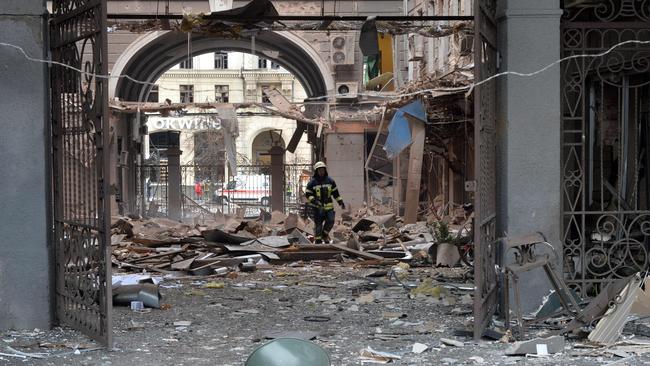
Washington has been criticised for years for its over-reliance on economic means, its penchant for fixing every problem with sanctions or tariffs, and the assumption that economic pain – for a targeted “enemy” population and for US and allied businesses and consumers – will be enough to deter an adversary from aggression. Clearly, in this case, sanctions proved woefully inadequate to deter a leader, Putin, who views NATO encroachment as a matter of national survival, regards recovering Russia’s lost greatness as his life’s mission, and sees a window of opportunity to act against a weakened West in the wake of last year’s Afghanistan debacle.
Despite failing to deter, once imposed, sanctions did have a significant effect on ordinary Russians and elites alike. Ukrainian leaders initially warned economic measures would take too long to bite, insisting they needed ammunition and military support now. Sanctions are indeed unlikely to work on their own, even as they contribute to rising petrol prices, inflation, and further disruption to global supply chains that depend on commodities from Russia and Ukraine. Arguably, the dogged Ukrainian defence of the past 10 days slowed Russia’s offensive to the point where economic measures may now have a meaningful impact on Moscow’s ability to continue the war. Still, flows of military equipment (including lethal defensive weapons) from the EU, NATO and individual countries are likely to matter more.
Pulling out the trip-wire weakened deterrence
A few weeks ago, the US military withdrew the small contingent of trainers – about 250 soldiers from the Florida National Guard – that had been working with Ukrainian forces. Likewise, a contingent of British trainers under Operation Orbital pulled out last week, and Western diplomatic staff withdrew, while the US embassy in Kyiv located to Lviv in far western Ukraine. While the troops themselves could have made little practical difference, they represented a “trip-wire” – an element deployed forward with a partner, so that any attack on that partner risks a broader military response, raising the stakes for an adversary thinking of aggression. In this case, NATO troops or diplomats being caught in the crossfire would not have triggered the Article 5 collective defence clause of the North Atlantic treaty, which is reserved for attacks on NATO member countries, but it might have given Moscow pause. There is little likelihood of NATO boots on the ground in Ukraine in the immediate future, of course, but pulling these small contingents out just as the invasion seemed imminent probably didn’t help.
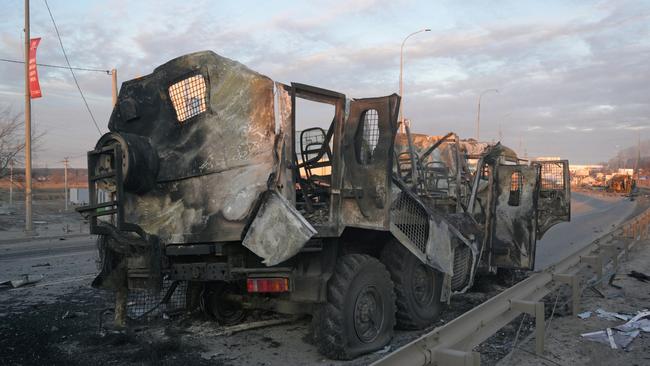
Russian leaders were overconfident
As the invasion kicked off last it became clear that Russian commanders were massively overconfident, failing to commit most of their troops and neglecting to apply the heavy weight of firepower called for in their military doctrine. They seem to have planned for a lightning seizure of key locations, attempting to “bounce” the capture of Hostomel Airport outside Kyiv in the first hours of the assault, even before achieving air superiority.
The failure at Hostomel cost them dearly, leading to the failure of an assault on the capital by their elite airborne troops – known as “VDV” and a separate branch of Russia’s armed forces – along with separate setbacks in the cities of Kharkhiv and Kherson. The simultaneous amphibious landings on Ukraine’s southern coast likewise failed to secure the cities of Odessa and Mariupol, while ground offensives from the east and north initially fell short of their intended objectives.
Russia’s extended deployment over the past year – positioning ground forces all around Ukraine’s border, with amphibious ships and naval infantry coming from the Baltic and Far East to threaten Ukraine’s Black Sea and Azov coasts – was clearly designed to give Moscow the widest possible range of options, preventing Kyiv from concentrating its forces against a single offensive. But it was also a dangerous play, running the risk of defeat in detail for Russian columns too dispersed to support each other. When the campaign stalled, a victim of ill-founded Russian confidence that Ukraine would be a pushover, the dispersed assault made it difficult to concentrate behind any one thrust.
Ukraine 2022 is not Ukraine 2014
That Ukrainian forces fought so determinedly and well – inflicting losses on the Russians, by some calculations, in an eight-to-one ratio, destroying hundreds of armoured vehicles and helicopters, and shooting down multiple aircraft – emphasises that Ukraine in 2022 is not the Ukraine of 2014-15. Back then, a wave of volunteers flocked to defend Ukraine’s independence, and there was an improvised, ramshackle, thrown-together quality to the country’s defence. Those early efforts bear little resemblance to the professionalised Ukrainian armed forces of today, which have grown more twenty-fold since 2014 and now have capable armoured forces, anti-armour troops, air defences, special forces and territorial units. Perhaps most importantly, the Soviet-style operational culture of Ukraine’s military in 2014 has been replaced, to a large degree, with a more flexible and unconventional small-unit approach that has proven highly effective.
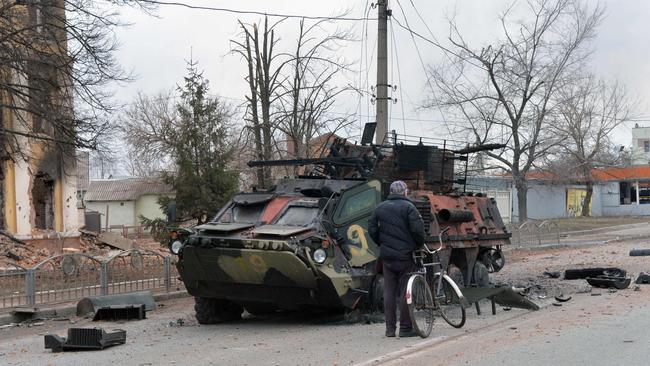
Territorial troops, tasked to defend local areas against invasion, now number 25 brigades and are deployed in every part of Ukraine, while manoeuvre forces – though obviously outclassed in size by Russian troops – are dramatically better-equipped, trained and led.
Likewise, as the defiance of President Volodymyr Zelensky and the heroism of Ukrainian units and civilians has shown, Ukrainians are united in the face of aggression and determined to defend their independence.
The Russians suck at SEAD
For all their superiority in air power, Russian forces have so far proven exceptionally poor at what military planners call “suppression of enemy air defences” (SEAD, pronounced “see-add”) – a critical early stage in any campaign, where an attacker seeks to overwhelm anti-aircraft systems. SEAD enables freedom of movement for strike aircraft and, ultimately, enables the air superiority needed to conduct air strikes, manoeuvre forces by helicopter, evacuate wounded and bring logistic support forward.
The lack of attention to SEAD was a symptom of Russian overconfidence but it also surprised many Russia-watchers who expected greater emphasis on this critical effort from a force that has fought in Syria since 2015.
Western air forces worry that 20 years of the war on terrorism – against adversaries lacking aircraft, and often with limited air defences – might have made them complacent about anti-aircraft fire. Russian planners seem to be learning the lesson the hard way.
Road-bound columns are bound to die
Somewhat less surprising has been the road-bound nature of Russian ground manoeuvre, with long columns of tanks and armoured vehicles snaking along highways and sticking to main roads, only to be ambushed and destroyed or delayed by defenders able to predict their moves simply by looking at a map or, in some cases early in the war, watching Google traffic data to identify a column’s location.
This style of manoeuvre has been characteristic of the Russian Army since the Chechen War of the 1990s, and was a key weakness in the conflict in Georgia in 2008. Given weather and terrain conditions – this is spring in Ukraine, a wet and muddy season when off-road manoeuvre is difficult – it’s not surprising to see the same road-centric approach here. But unless Russian forces adapt quickly, they will continue to suffer serious losses as a result.
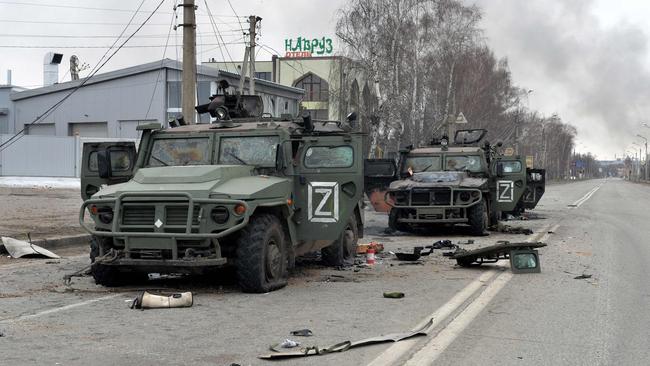
Ukrainian special ops proved their worth
US and other NATO special operators trained Ukraine’s special forces for several years after 2014, only to be pulled out last year. But it may be that the Ukrainian special forces had their finest hour on the very first morning of the war, when they blunted the VDV assault on Hostomel airport outside Kyiv, forcing the Russians to delay a planned airlanding operation that would have seized the airport and put them in the capital by noon on the war’s first day. This style of operation, known as a coup de main, is characteristic of the Russian approach and was seen in several fronts of the offensive.
The idea is to quickly seize critical sites using special troops, rapidly reinforce with conventional columns, and thereby quickly destroy an adversary’s morale. The assumed success of these early coup de main operations may partly explain why Russian commanders thought it was safe to move on the main roads.
By preventing them, Ukrainian special forces, and conventional manoeuvre units who joined in the battle at Hostomel, threw the whole invasion plan off-kilter, saving Kyiv (at least for the time being) and forcing the Russians into the slow, grinding slog they are now enduring in several cities.
Urban guerrillas are in the forecast
Those cities are rapidly becoming a battleground for urban guerrillas, as Ukrainian citizens answer their government’s call to take up arms, form paramilitary defence groups in partnership with defenders from local territorial brigades, and protect their homes.
In the first days of the war, Russia’s line was that it was only targeting Ukraine’s military and that civilians had nothing to fear. But as the offensive has slowed, and resistance from civilians in cities has become part of the mix, the level of violence against civilian targets has increased significantly.
Russia has now launched a second-wave assault, bringing in more advanced weapon systems, a heavier weight of fire including potentially deadly weapons such as thermobaric, chemical or heavy conventional missiles. Russian nuclear forces have been placed on high alert and there are ominous moves – likely intended to intimidate – of nuclear-capable ballistic missiles within Russia. Russian forces are now encircling and besieging Ukraine’s cities. We can thus expect the next week to bring intensified urban combat, more guerrilla activity, and a dramatic increase in the level of violence, including against civilians.
It is impossible to predict in detail what may happen next, given the war is only 10 days old. But if what we have seen so far is any guide, the costs of the conflict for both Russia and Ukraine are likely to be tragically high, and the potential for wider spread within Europe remains all too real.




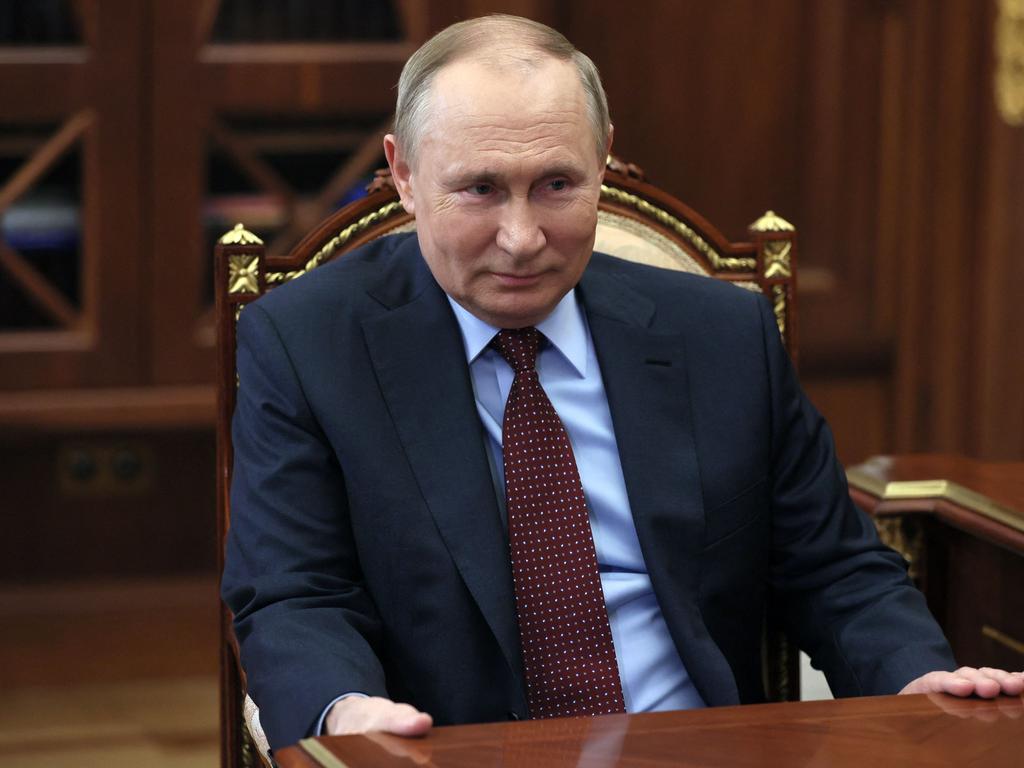


I spent the first few days of Russia’s invasion of Ukraine with US colleagues who specialise in irregular and resistance warfare. Simultaneously, the federation of Afghanistan veterans I have worked with since the fall of Kabul – who had managed to evacuate several dozen Afghan families to Kyiv, of all places – activated on-the-ground reporting networks across Ukraine to give evacuees and their helpers an understanding of the situation. While that effort has been humanitarian, focused on helping civilians escape the fighting, some obvious military lessons have also emerged. Based on that, here are my top lessons from the first 10 days of the war.